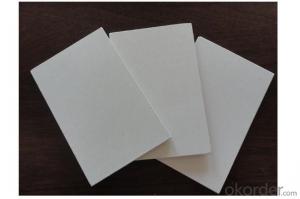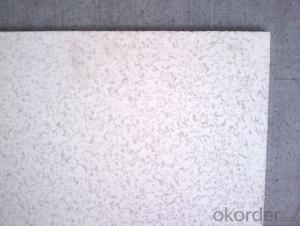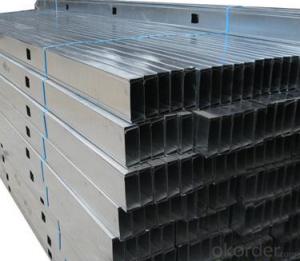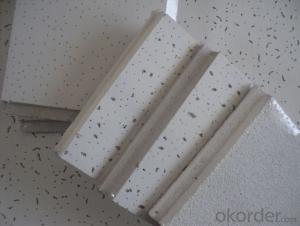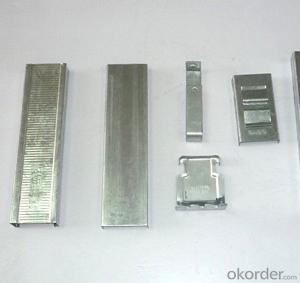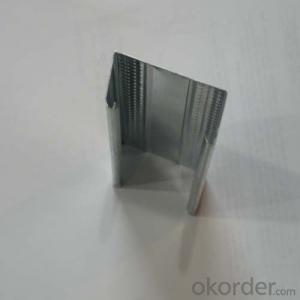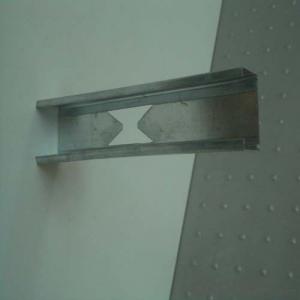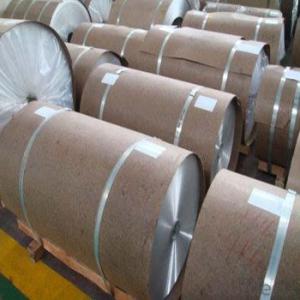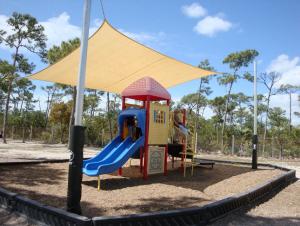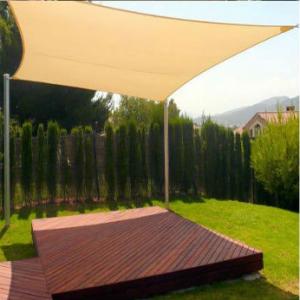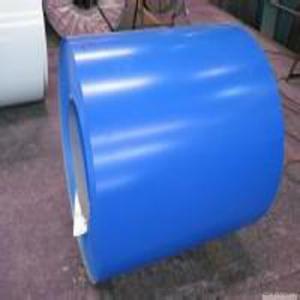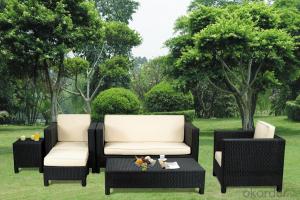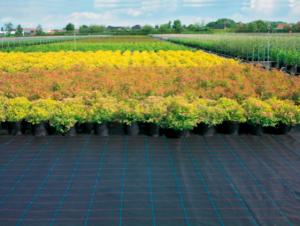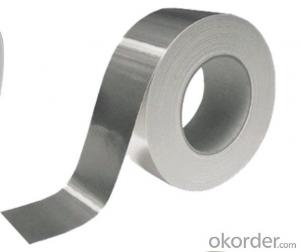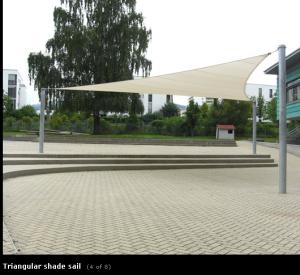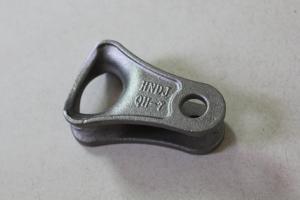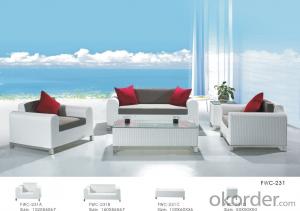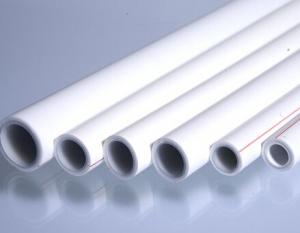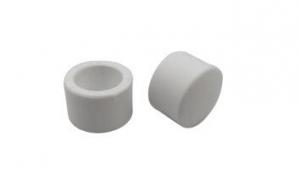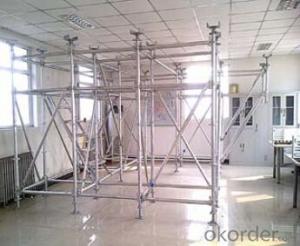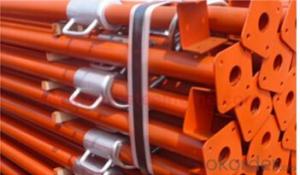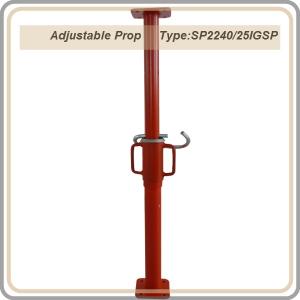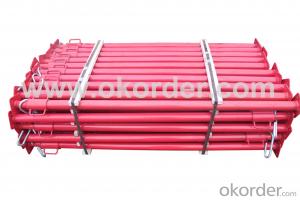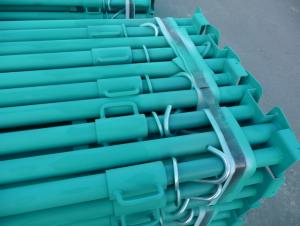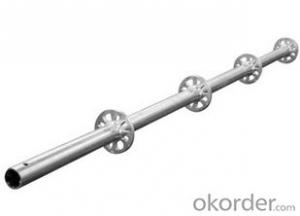Lighting And Accessories
Lighting And Accessories Related Searches
Wall Lights For Bedrooms High Carbon Steel Scrap High Quality Aluminum Foil Retaining Wall With Geogrid High Temperature Clear Plastic Sheet Galvanized Steel Wall Panels Stainless Steel Peg Board Stainless Steel Wall Plates Stainless Steel Wall Clock Stainless Steel Wall GuardsHot Searches
Price For Stainless Steel Scrap Scrap Price For Stainless Steel Price For Stainless Steel Cheap High Tea Sets For Sale High Density Fiberboard For Sale Price Of Shipping Containers For Sale Stock Price For Aluminum Air Pump For Aquarium Price Used Foam Board Insulation For Sale Price List For Building Materials Magnesium Oxide Board For Sale Hdf Board For Sale sintra board for sale Solar With Inverter Price Pedestal Fan With Water Spray Price Price Of Scrap Stainless Steel Price Of Stainless Steel Scrap Price Of Stainless Steel High Mast Light Price List Price For Stainless Steel ScrapLighting And Accessories Supplier & Manufacturer from China
Okorder.com is a professional Lighting And Accessories supplier & manufacturer, offers integrated one-stop services including real-time quoting and online cargo tracking. We are funded by CNBM Group, a Fortune 500 enterprise and the largest Lighting And Accessories firm in China.Hot Products
FAQ
- Indeed, steel props possess the capability to serve as temporary support in tunnels. In the realm of construction endeavors, steel props are frequently employed to offer temporary stability to various structures, tunnels being no exception. These props are meticulously engineered to endure substantial burdens and ensure steadfastness throughout the construction or maintenance procedures. Furthermore, steel props exhibit adjustability, enabling effortless installation and removal as dictated by the circumstances. Moreover, they can be tailored to match the precise measurements and prerequisites of the tunnel project. As a whole, steel props emerge as a dependable and efficient remedy for furnishing temporary support within tunnels.
- Temporary exhibition or display structures can be adequately supported by steel props. These props, also known as adjustable steel props or acrow props, are frequently utilized in the construction industry for temporary structural support. Their main purpose is to provide stability and the ability to bear heavy loads, thereby rendering them perfect for supporting temporary exhibition or display structures. One notable feature of steel props is their adjustable height, which allows for easy customization according to the specific requirements of the structure being exhibited or displayed. This flexibility ensures a quick and simple installation process, as well as the ability to make adjustments during setup. Moreover, steel props are renowned for their strength and durability. Crafted from high-quality steel, they possess exceptional load-bearing capacity. As a result, exhibition or display structures can be properly supported and can withstand the weight of the objects or materials they hold. Aside from their strength and adjustability, steel props are also valued for their stability. Thanks to their wide base and robust design, they effectively prevent any movement or instability of the supported structure. This attribute is particularly crucial for temporary structures, as they are often subjected to various forces or vibrations during the exhibition or display. To summarize, steel props are a dependable and suitable choice for supporting temporary exhibition or display structures. Their adjustability, strength, and stability make them an ideal option to guarantee the safety and stability of the structure and the objects or materials being showcased.
- Safety training requirements for working with steel props can vary depending on the industry and regulations of each country. However, there are some general guidelines that should be considered: 1. Assembly and disassembly: Workers need to be trained on the proper techniques for assembling and disassembling steel props. This includes understanding the correct sequence of steps, using the appropriate tools, and ensuring proper alignment and stability. 2. Load capacity and weight limits: Workers should receive training on the maximum weight that steel props can safely support, as well as the consequences of exceeding these limits. Overloading a prop can lead to collapse or failure, posing a significant safety risk. 3. Inspection and maintenance: It is crucial to regularly inspect and maintain steel props to ensure their safety. Workers should be trained on how to identify damage, such as cracks, bends, or excessive wear. They should also be taught proper maintenance practices, such as lubrication and cleaning, to keep the props in good working condition. 4. Handling and storage: Workers must be trained on the correct techniques for handling and storing steel props. This includes safely lifting and carrying them, using appropriate lifting equipment if necessary, and securely storing them to prevent accidents or damage. 5. Personal protective equipment (PPE) requirements: Training should cover the necessary PPE when working with steel props. This may include wearing safety helmets, gloves, safety footwear, and high visibility clothing to protect against potential hazards. 6. Emergency procedures: Workers should receive training on emergency procedures in case of accidents or failures involving steel props. This includes knowing how to safely evacuate the area, how to report incidents, and how to administer first aid if necessary. It is important to note that the specific safety training requirements may vary depending on country, industry, and company policies. It is always advisable to consult local regulations and guidelines to ensure compliance with necessary safety standards.
- Bearing 40 tons need much steel support
- Steel is an iron carbon alloy with a carbon content between 0.04%-2.3%. In order to ensure its toughness and plasticity, carbon content is generally not more than 1.7%. The main elements of steel in addition to iron, carbon, and silicon
- Support for temporary religious structures can be provided by steel props. These props, also referred to as adjustable steel props or acrow props, are commonly utilized in the construction industry and temporary structures to ensure stability and support. They possess a flexible nature, allowing for easy adjustment to the desired height, which makes them suitable for various types of temporary structures, including those of a religious nature. Steel props are characterized by their strength and durability, enabling them to withstand substantial loads and provide structural support. With a wide base and adjustable top plate, they can be securely fixed to the ground, ensuring stability for the structures they uphold. This quality makes them particularly ideal for temporary religious structures like tents or temporary chapels, as they need to be strong and stable to guarantee the safety of worshippers. Furthermore, the installation and removal of steel props are straightforward, making them a practical choice for temporary structures that require quick assembly and disassembly. These props can be utilized to provide support for the roof or walls of the structure, ensuring both stability and integrity. In conclusion, steel props are a dependable and adaptable option for supporting temporary religious structures. They offer strength, stability, and ease of installation, making them a practical solution for maintaining the safety and stability of such structures.
- Construction projects commonly utilize steel props. These props, also referred to as adjustable steel props or steel shoring props, function as vertical supports to temporarily bear loads during construction or renovation tasks. They find frequent application in projects necessitating vertical support, such as constructing walls, beams, columns, or floors. Steel props are favored in construction projects due to their robustness, longevity, and adaptability. Constructed from top-quality steel, they exhibit exceptional load-bearing capacity and compression resistance. Their adjustable feature facilitates ease in altering heights, providing flexibility and adaptability for diverse construction scenarios. Additionally, steel props can be reused, rendering them a cost-effective option for construction projects. Beyond their structural advantages, steel props also offer safety benefits. They supply stability and support, preventing the collapse or sagging of structures during construction, ensuring the safety of workers and the integrity of the building. Steel props commonly find application in both residential and commercial construction projects, including high-rise buildings, bridges, tunnels, and infrastructure development. In conclusion, the widespread use of steel props in construction projects can be attributed to their versatility, strength, and safety features. Their ability to offer temporary support while allowing for easy adjustment positions them as indispensable tools in the construction industry.
